
Q: Why is African literature important for Seychelles’ youth?
PS Kalebi: It offers a unique lens into African identity and culture, celebrating our shared richness while encouraging empathy and critical thinking. These stories help young people see themselves and their history reflected in meaningful ways.
Q: In a digital age, why focus on physical books?
PS Kalebi: Physical books carry a timeless value. They’re tangible connections to history and tradition, offering an immersive experience that digital formats often can’t replicate.
Q: Are there plans to involve schools or communities in this initiative?
PS Kalebi: Absolutely. This isn’t just about distributing books; it’s about starting conversations. Schools and communities will host activities to encourage collaborative learning and cultural exchange.
Q: How will the government maximize the impact of this donation?
PS Kalebi: We’re building on this momentum by fostering ongoing collaboration with Ghanaian institutions. These efforts will ensure long-term cultural exchanges that benefit both nations.
The King in Exile:
Reflecting on Legacy
Q: What stood out for you about The King in Exile exhibition?
PS Kalebi: For me, it was seeing how King Prempeh I’s story deeply resonated with Seychellois visitors. The emotional connection people felt to this shared history was incredibly powerful.
Q: How did the Seychellois respond to this shared history?
PS Kalebi: The response was overwhelmingly positive. Many were surprised to learn about this connection but felt a renewed sense of pride in our shared African heritage.
Q: What part of King Prempeh I’s story resonated most with visitors?
PS Kalebi: His resilience. Despite his exile, he maintained his dignity and leadership, which deeply inspired people and left a lasting impression.
Q: Why is it important for Seychelles to reclaim colonial narratives?
PS Kalebi: Reclaiming these narratives ensures African voices are celebrated and shared. Initiatives like nominating Venn’s Town as a UNESCO World Heritage Site show our commitment to preserving these untold stories of resistance and triumph.
Cultural MOUs:
Strengthening Ties
between Ghana and
Seychelles
Q: Can you summarise the recent MOUs on cultural collaboration with Ghana?
PS Kalebi: These agreements focus on cultural exchange—literature, music, art, and heritage preservation. They create opportunities for shared projects and collaborative platforms for creatives from both nations.
Q: How do these MOUs reflect growing cultural diplomacy?
PS Kalebi: They symbolise our commitment to deepening cultural ties, ensuring our shared histories and artistic traditions gain recognition on global stages.
Q: What benefits do you see for creatives in both countries?
PS Kalebi: The MOUs open doors for cross-cultural collaborations, allowing artists, musicians, and writers to explore and showcase their talents internationally.
Culture and Pan-African
Unity
Q: Why is collaboration between African countries like Ghana and Seychelles important?
PS Kalebi: It strengthens our shared heritage and promotes Pan-African unity. These partnerships highlight Africa’s cultural and historical contributions to the world.
Q: How does cultural diplomacy build connections beyond politics?
PS Kalebi: It fosters genuine, human connections based on shared values and experiences. These relationships often outlast political or economic alliances.
Q: What’s your vision for Seychelles in Pan-African cultural diplomacy?
PS Kalebi: I see Seychelles as a cultural bridge, using our unique position in the Indian Ocean to promote Pan-African unity through art, education, and heritage preservation.
Final Thoughts:
Inspiring Futures
Q: What legacy does the book donation leave?
PS Kalebi: It nurtures a love for African literature, inspiring youth to embrace their heritage and fostering stronger ties between Seychelles and Ghana.
Q: What future collaborations would you like to see?
PS Kalebi: I’d love to see joint art exhibitions, musical performances, and literary exchanges. Projects that focus on heritage preservation and knowledge-sharing would also be invaluable.
Q: What’s your message to Ghana about Seychelles’ commitment to shared history?
PS Kalebi: Seychelles deeply values its ties with Ghana and is committed to preserving our shared African heritage for generations to learn from and celebrate.
PS Kalebi’s reflections highlight the powerful role of cultural diplomacy in connecting nations, preserving history, and inspiring future generations. Her vision underscores Seychelles’ dedication to Pan-African unity and its commitment to meaningful collaborations with Ghana.
“We deeply value our ties with Ghana,” she concludes. “These initiatives show how, together, we can preserve our histories and inspire our futures.”
Now, we turn to the curator, who takes these frameworks and, through careful choices and unseen labor, brings the exhibition to fruition — transforming an idea into an experience that resonates with the public.
Curating Cultural
Narratives: A
Conversation with
Emmanuel D’Offay
Emmanuel D’Offay on Curating The King in Exile Exhibition and Strengthening Ties Between Seychelles and Ghana
In a compelling interview, Seychellois artist and curator Emmanuel D’Offay shares his journey of curating The King in Exile exhibition and discusses the growing cultural exchange between Seychelles and Ghana. His reflections shed light on the shared histories of the two nations, the role of art in preserving memory, and the power of collaboration.
Seychelles’ Role in
African History
Q: Curating The King in Exile was a significant undertaking. What did it reveal to you about Seychelles’ place in African history?
Emmanuel D’Offay: This exhibition deepened my understanding of Seychelles’ unique role in African history, particularly through the story of King Prempeh I. I learned so much about his life in exile and uncovered photographs that added fresh perspectives to the narratives we’re familiar with. It became clear that Seychelles wasn’t just a passive space but a significant location where African leaders, like King Prempeh I, experienced both exile and resilience.
Reflections on
Displacement and
Identity
Q: How did working on this exhibition shape your understanding of Seychelles’ colonial past and cultural identity?
Emmanuel D’Offay: Personally, this project didn’t introduce entirely new reflections on colonial history—I’ve long engaged with those themes as an artist. Instead, it clarified and expanded the narrative. King Prempeh’s exile wasn’t a traditional imprisonment. He lived in one of the most beautiful homes in Les Mamelles, often described as a “prison without bars.” This nuanced story of displacement resonated deeply with my artistic focus on uprooting and cultural imposition.
Balancing History
and Accessibility
Q: The stories of displacement and survival carry emotional weight. How did you balance honoring the past while making it accessible to today’s audience?
Emmanuel D’Offay: That’s one of the biggest challenges as a curator. It’s about more than just displaying photographs or artifacts—it’s about creating narratives that connect emotionally with the audience. To achieve this, you have to approach the story with both passion and sensitivity. Without that deep connection, the exhibition wouldn’t resonate the way it should.
Curatorial Responsibility
and Perspective
Q: As a curator, you’re shaping memory and identity. Do you feel a sense of responsibility in how you present these stories?
Emmanuel D’Offay: Absolutely. Curating is an immense responsibility. It’s not simply about arranging items; it’s about crafting narratives that are authentic to the story and the people it represents.
Being a Seychellois curating an African history project added another layer of complexity. Some questioned why a white Seychellois was taking on this role. But I saw my position as an opportunity to bring a unique perspective—one that bridges both Seychellois and Ghanaian insights.
Connecting Seychelles
and Ghana
Q: This was Seychelles’ first major collaboration with a Ghanaian team. What did you learn about our shared stories through this experience?
Emmanuel D’Offay: It revealed how deeply connected our histories are. King Prempeh’s exile is one part of the story, but it’s also about the enslaved Africans, including Ghanaians, who were brought to Seychelles. This project made those connections more visible and reminded us of the importance of embracing our African heritage.
Africa is experiencing a cultural renaissance—its music, films, and art are thriving globally. It’s essential that we, as African nations, work together to reclaim our stories and reshape global narratives.
Future Collaborations
and Cultural Exchange
Q: Do you see the partnership with Ghana growing beyond The King in Exile exhibition?
Emmanuel D’Offay: Absolutely. This is just the beginning. We’re already discussing plans for future cultural exchanges, including trips to Ghana to scout artists and organize exhibitions. These collaborations are vital, especially for nurturing emerging talents in both nations.
Q: How does this upcoming exhibition build on the legacy of The King in Exile?
Emmanuel D’Offay: While The King in Exile focused on historical narratives, the next exhibition will expand into contemporary Ghanaian art, textiles, and photography. It’s about inspiring Seychellois creatives and continuing to strengthen the cultural ties we’ve established.
Closing Reflections
Emmanuel D’Offay’s reflections emphasise the role of curators as storytellers and bridge-builders. Through The King in Exile and future collaborations, he’s helping to connect Seychelles and Ghana, highlighting their shared histories and fostering a deeper appreciation for African culture.
“We must embrace our shared heritage and work together to reclaim our narratives,” Emanuel concludes. “These partnerships not only preserve our histories but inspire creativity and unity for future generations.”
We continue with Emmanuel D’Offay in Part 2, and we hear from the artists themselves. Kwadwo Owusu Acheampong and Emmanuella Opoku Asante embody the very themes of Hidden Hands, revealing stories of craft, resilience, and identity through their work.
Araba Hackman, Ghanaian fashion designer, cultural advocate, and founder of Alabah and Zaida Mansa, has dressed global icons like Beyoncé and Serena Williams and Akon. She champions African heritage through her designs and initiatives like The King in Exile, Hidden Hands of Kumasi – Weaving Stories Through Textiles And Lenses exhibitions, bridging history and identity with modern expression.
Continued from yesterday
The post From artefacts to artistry: Celebrating the hidden hands of culture – Part 1 appeared first on Ghanaian Times.
Read Full Story

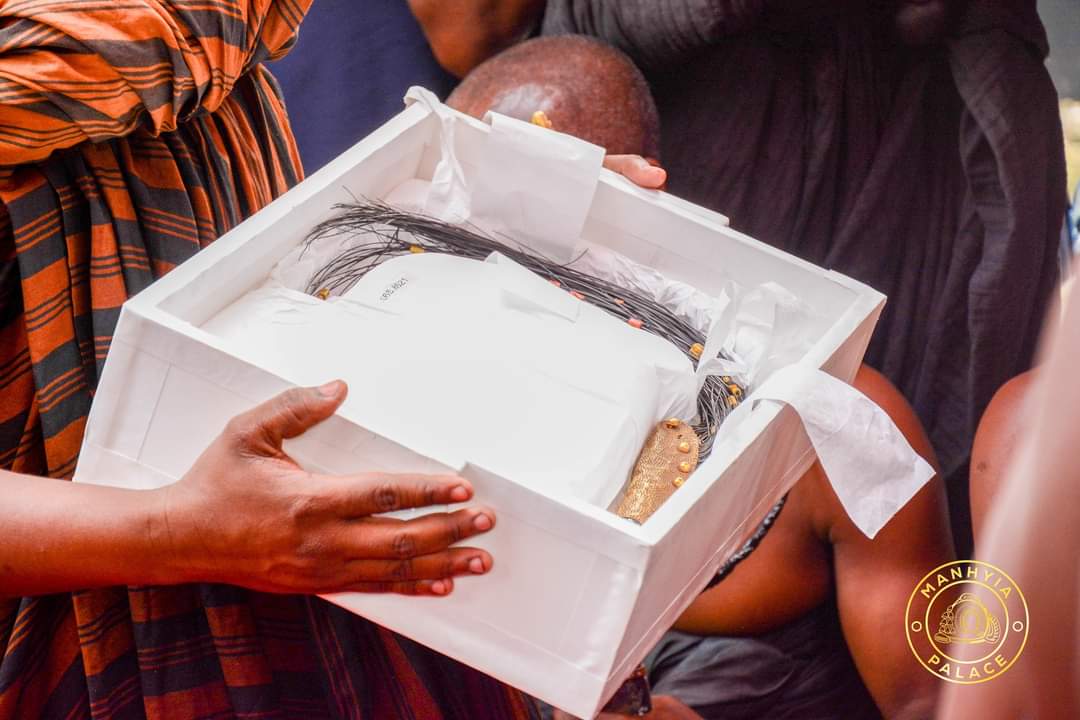

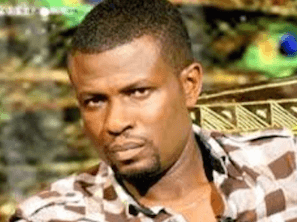


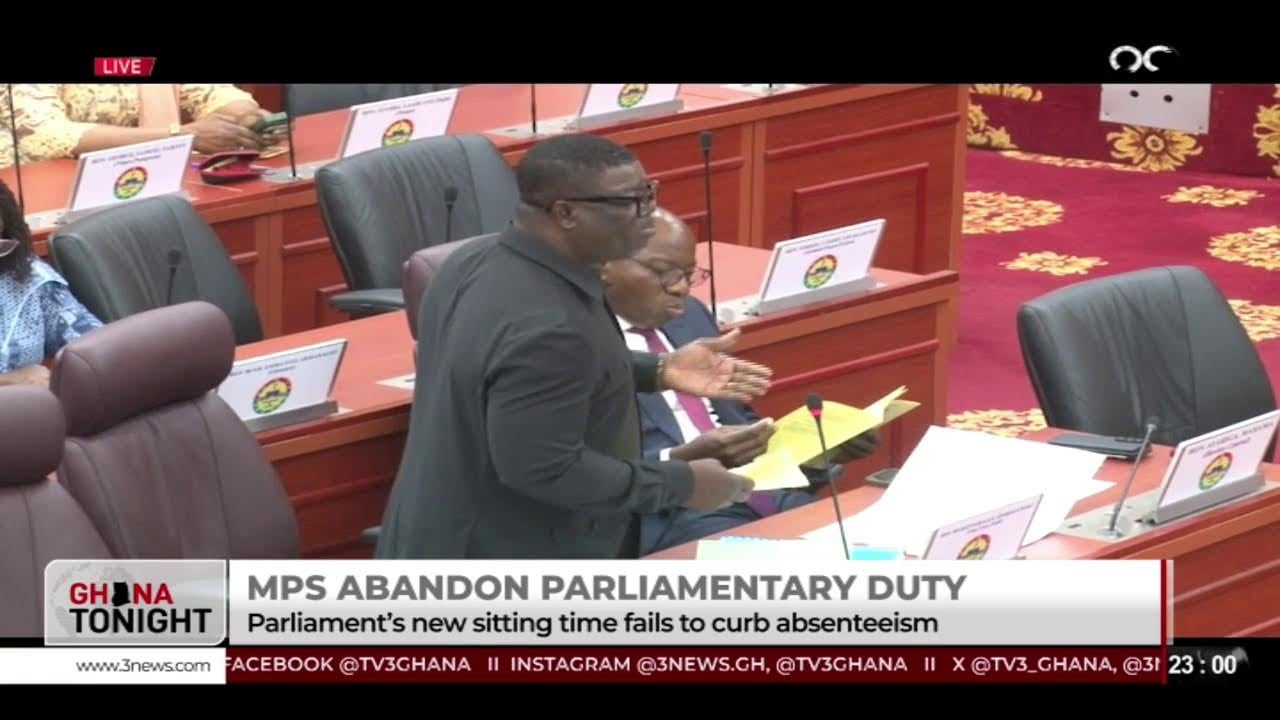







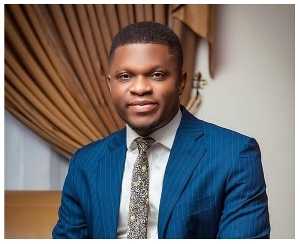
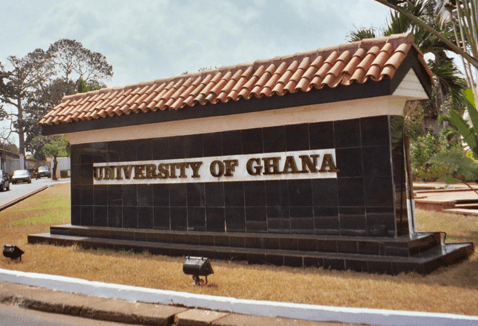








Facebook
Twitter
Pinterest
Instagram
Google+
YouTube
LinkedIn
RSS